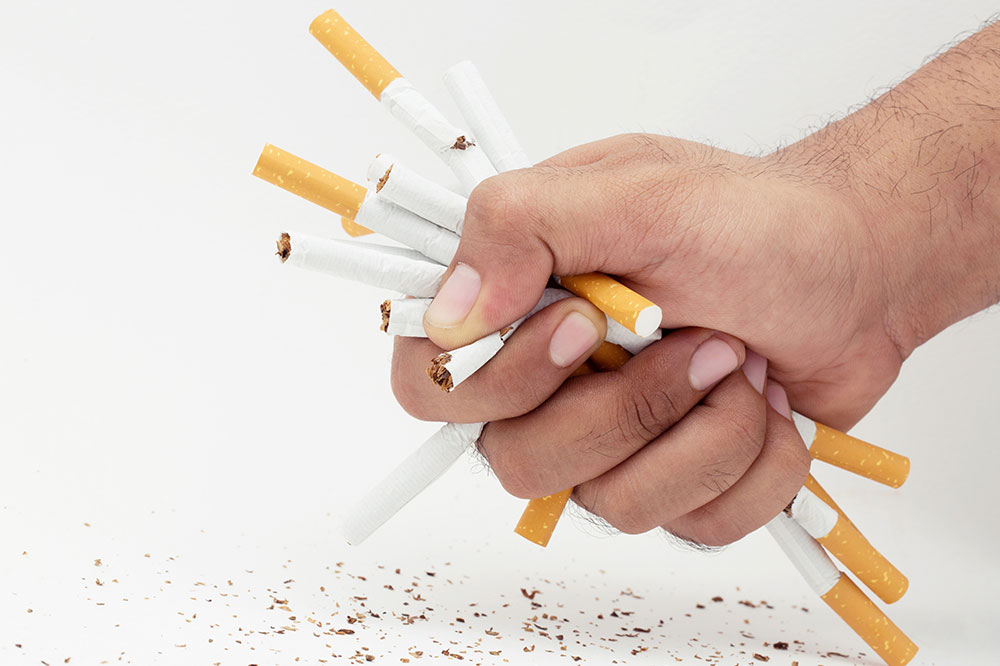Comprehensive Guide to Addiction: Recognizing Stages, Detection Methods, and Preventive Strategies
This comprehensive article explores addiction in detail, covering its core elements, stages from experimentation to full dependence, detection signs, and effective prevention strategies. It emphasizes early intervention, community involvement, and education to reduce addiction risks and promote healthier choices. Understanding these aspects can help individuals, families, and healthcare providers combat addiction more effectively, ensuring better outcomes and healthier communities.

Comprehensive Guide to Addiction: Recognizing Stages, Detection Methods, and Preventive Strategies
Understanding addiction is essential for identifying, treating, and preventing this complex condition that impacts millions worldwide. Addiction isn't merely a matter of poor choices; it involves intricate biological, psychological, and social factors. Characterized by compulsive engagement in a behavior or substance despite harmful consequences, addiction deeply disrupts an individual's life, affecting mental health, physical health, relationships, and economic stability. Exploring the core elements that constitute addiction, its various stages, how to detect it early, and effective prevention strategies is crucial for healthcare providers, families, and individuals alike.
Core Elements of Addiction
Addiction fundamentally revolves around key neurobiological and psychological components: reward, motivation, and memory. When a person engages in a substance use or behavior that releases dopamine in the brain's reward pathways, it reinforces the action, creating a cycle of craving and gratification. Over time, these repeated activations lead to changes in brain structure and function, heightening the risk of compulsive behaviors. Motivational aspects drive the individual to seek out the substance or activity persistently, often overriding rational decision-making. Memory also plays a significant role as past pleasurable experiences associated with addiction can trigger cravings, even after long periods of abstinence.
When these elements combine intensely, they foster a cycle in which the individual becomes preoccupied with obtaining and using the substance or engaging in the behavior, often disregarding negative consequences or health risks. The result is a condition that calls for comprehensive management and understanding.
Identifying Signs of Addiction
Early detection of addiction relies on recognizing specific behavioral and physiological indicators. Common signs include an inability to control or resist the urge to consume a substance or engage in an activity, even when aware of potential adverse effects. Individuals may experience a diminishing capacity for self-control, experiencing intense cravings that override other needs or responsibilities.
Emotional indifference or mood swings can also be signs, often accompanied by neglect of personal, professional, or social responsibilities. Physical signs like withdrawal symptoms, tolerance (needing larger amounts to achieve the same effect), and health deterioration may also manifest. Recognizing these signs early can facilitate quicker intervention and increase the chances of successful treatment.
Addictions are not static; they can significantly interfere with daily routines, leading to a cycle of relapse and remission. The consequences often extend beyond health into emotional well-being and financial stability, creating additional burdens for individuals and their loved ones. Addressing addiction requires understanding its different stages, from initial experimentation to full-blown dependence and addiction, along with implementing effective prevention measures.
The Five Stages of Addiction
Experimentation
This is typically the first exposure to a substance or behavior. Often driven by curiosity, peer pressure, or social influences, experimentation usually occurs without full awareness of the potential risks involved. Many individuals try substances like alcohol, nicotine, or recreational drugs, or engage in risky behaviors like gambling, without initial understanding of the addictive potential. Monitoring the circumstances, motivations, and frequency of these experiments can help identify who might be at increased risk for developing addiction later.
Regular Use
As experimentation turns into habitual behavior, the individual's use or engagement becomes part of their routine. While occasional breaks might occur, the pattern persists, and usage frequency increases. At this stage, there might still be some control, but the risk of dependency begins to rise. Recognizing the shift from casual to regular use can serve as an early warning sign, prompting intervention to prevent escalation.
Risky Use
This phase is characterized by usage that begins to pose health, social, or legal risks. The user might be unaware of or dismissive of the dangers associated with their behavior. Behavioral changes such as withdrawal from social activities, secrecy, or declining responsibilities often become apparent. Friends and family might notice concerning patterns, but the individual might not yet perceive their use as problematic.
Dependence
During dependence, physiological and psychological reliance on the substance or behavior becomes evident. Tolerance develops, requiring more of the substance or an increased frequency of the activity to achieve the desired effect. Withdrawal symptoms can occur if usage is reduced or stopped. Behavioral shifts become more pronounced, such as neglecting personal health, relationships, or work. Medical intervention is often necessary at this stage to manage dependence and begin treatment.
Addiction
The final stage is characterized by compulsive engagement despite negative consequences. The individual often lacks control over their behavior or substance use. Professional treatment—including therapy, medication, or inpatient rehabilitation—is crucial to support recovery and address underlying issues. The pathway to recovery varies for each person but generally involves a comprehensive approach combining medical, psychological, and social interventions.
Diagnosing Addiction
Early diagnosis is vital for effective treatment. Typically, concerns raised by family members, friends, or the individual themselves trigger assessments. Healthcare professionals conduct detailed interviews about usage patterns, social and occupational impacts, physical health, and withdrawal symptoms. Tests such as blood work, urinalysis, or psychological evaluations help confirm addiction and identify specific needs. Early diagnosis allows for tailored treatment plans, increasing the likelihood of successful recovery.
Preventive Strategies Against Addiction
Prevention remains the most effective approach to combating addiction. Initiating preventive measures early—particularly during adolescence—is crucial. Avoiding early exposure to addictive substances, especially before the brain has fully developed (usually in late teens or early twenties), significantly reduces the risk of future addiction. Educating young people about the dangers of substance use and risky behaviors, fostering healthy coping mechanisms, and strengthening social support structures are essential components of prevention.
Addressing childhood trauma, mental health issues, and social disconnection must be prioritized. Parental guidance, school-based education programs, and community initiatives play pivotal roles in preventing initiation. Additionally, creating environments where individuals feel connected and supported diminishes the likelihood of turning to addictive behaviors as coping mechanisms. Early intervention programs aimed at high-risk groups can further prevent the onset of addiction, promoting healthier lifestyles and better community outcomes.





